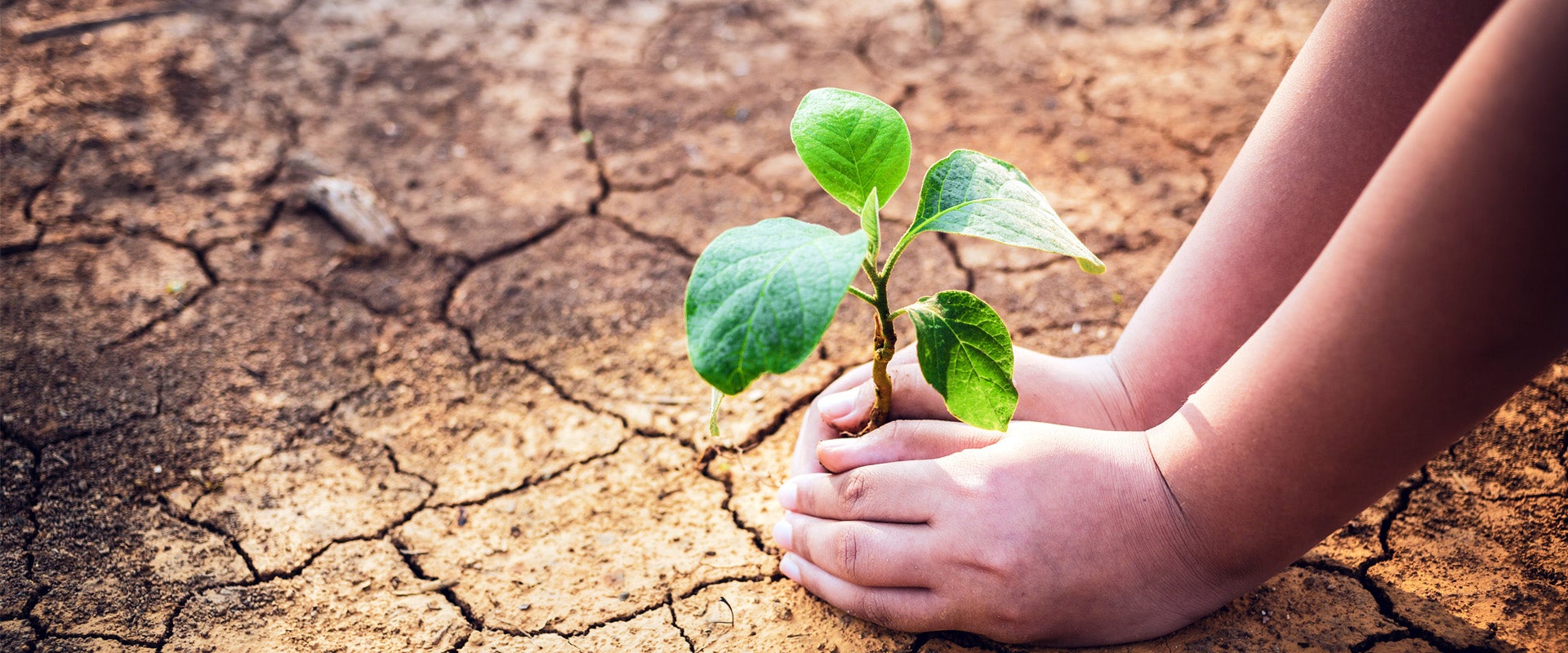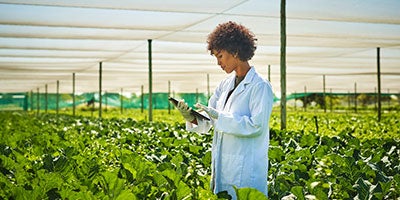However, while extreme weather impacts often draw media scrutiny, the agronomic impact on crops from more gradual change in temperature and related trends are more subtle. For example, a wide range of fruit and nut trees require a minimum amount of cold night weather, known as “chilling hours,” in order to blossom and produce fruit. In California’s Central Valley, the U.S. Global Change Research Program estimates that chilling hours will decrease 30%-60% from 1950 levels by 2050 and 80% by 2100.
Below, we highlight the impact of climate shifts on the production of three significant U.S. crops:
1. Sorghum
Sorghum is a cereal grain, of which the U.S. is the world’s largest producer. Increasing temperatures in Texas, the second-highest-producing state for sorghum, cause widespread heat stress and allow pests such as stink bugs and headworms, which feed on the head of the sorghum plant, to thrive. Thus, sorghum production has further consolidated in Kansas to the north in the past 10-15 years, increasing its leading share of U.S. sorghum production from about 41% to almost 55% (with the majority of flow away from Texas, whose share of national production declined from approximately 31% to roughly 21%).
2. Pecans
In 2018, Hurricane Michael caused significant damage to pecan production in Georgia, the largest producing state in the U.S., destroying about 17% of pecan tree acreage. Following this supply shock, the pecan industry replanted orchards using high-density techniques developed in New Mexico and Arizona. However, while these states have seen higher productivity due to innovation and low humidity (reducing the likelihood of scab infections), they also face significant water availability issues, precluding a migration of the pecan industry to the Southwest and requiring producers in Georgia to adapt to climate shifts instead.
3. Wine grapes
Connoisseurs take note — suitable locales for growing premier grapes are gradually inching northward to higher-elevation land with relatively cooler climates such as Oregon. This is because the highest-quality wine grapes require warm temperatures, low risk of frost damage and no extreme heat. Long-term warming trends are expected to impact vintage quality and therefore which grape varieties can be grown in certain wine regions. In addition, wildfire smoke exposure to ripening grapes can potentially spoil their taste and aroma. This is particularly pertinent in major wine regions like Oregon and California where the annual risk and frequency of wildfires have been increasing.
Based on our research and analysis of state-level climate reports and expert interviews, we developed a perspective on the long-term outlook for yields across different crop types, based on key climate developments in important growing regions (see Figure 5). Trends in productivity vary by region.
-
In the Pacific Northwest (i.e., Oregon, Washington), the lengthening of the growing season and decreased winter freezes (with a tendency toward wetter winters) will be beneficial to most crop types grown in the region, with a particularly positive impact on fruits such as apples for which the reduction in chilling hours is not enough to offset yield increases from warmer weather.
-
In contrast, a region such as Florida faces future challenges from stronger and more frequent tropical storms, severe flooding and higher water salinity, lowering productivity for row crops as well as fruit and vegetable crops such as citrus and sugarcane.
-
In the Corn Belt, a combination of temperature and moisture changes is expected to lower the productivity of land that has traditionally been focused on corn and soybeans, with research indicating more suitable conditions for row crops are likely to shift northward toward Minnesota and the Dakotas.










